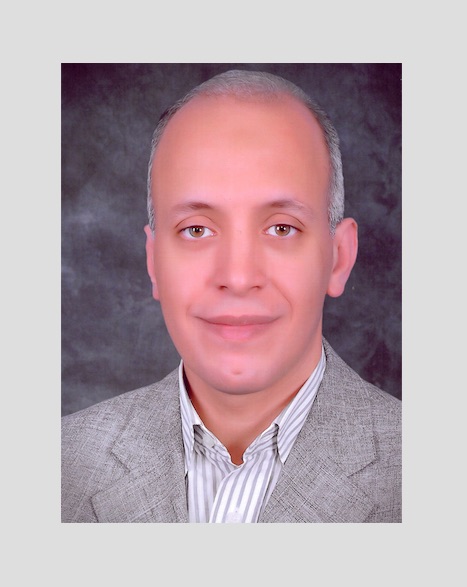Background Steatotic grafts are more susceptible to ischemia-reperfusion injury than are normal grafts. Therefore, using steatotic grafts for liver transplantation (LT) is associated with high primary dysfunction and decreased survival rates. The aim of this study is to evaluate the impact of graft steatosis on post LT outcomes. Methods A retrospective cohort analysis of 271 LT recipients from 2005 to ...
Read more


